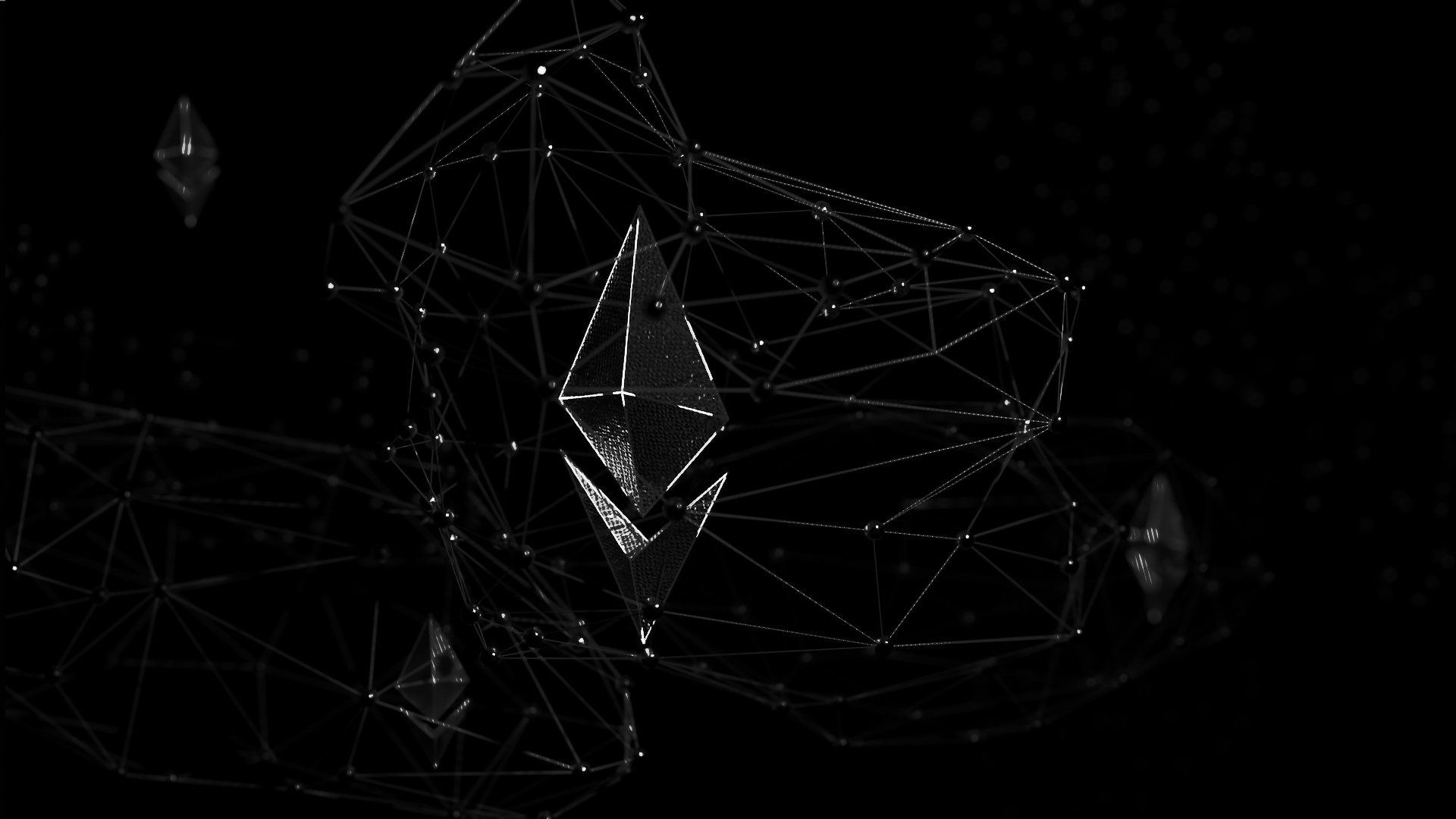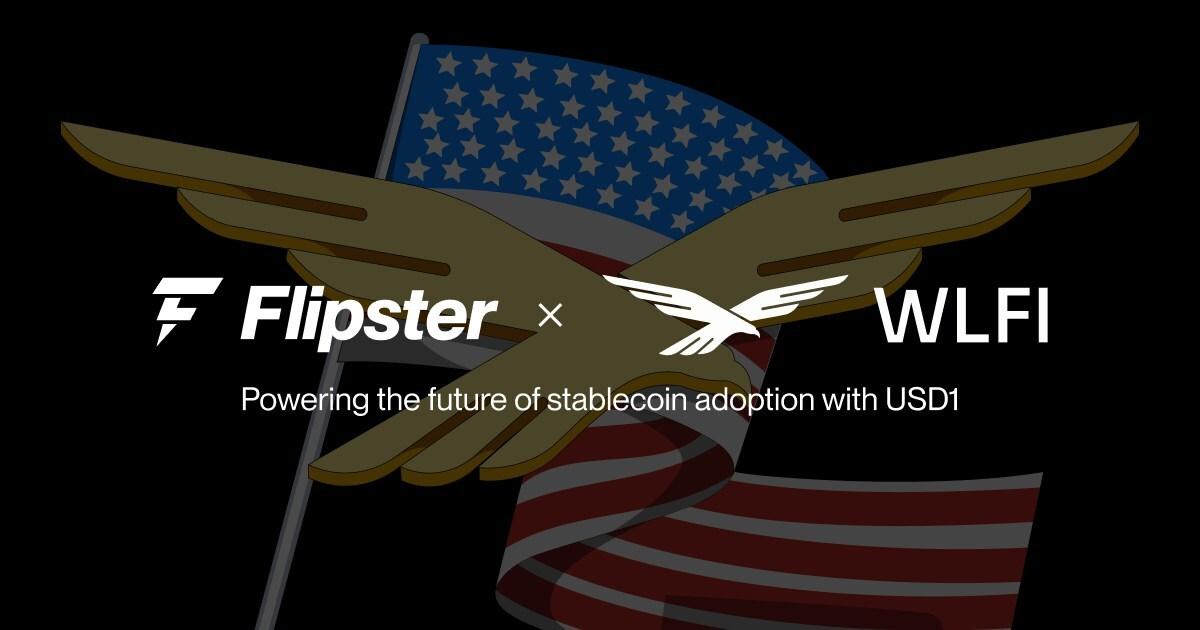Vitalik Warns of Risks in Extending Social Consensus In Ethereum

Ethereum co-founder Vitalik Buterin’s recent blog post has raised concerns about the potential risks associated with expanding the scope of social consensus within the Ethereum network.
In his post, Buterin highlights the importance of maintaining a clear distinction between for ostensibly external purposes. Buterin nuances his arguments by emphasizing the need for caution and the preservation of core functionality.
Buterin expressed his reservations about certain proposals that aim to utilize Ethereum’s consensus and social consensus for purposes beyond the network’s core functionality. While acknowledging the well-intentioned nature of these ideas, Buterin emphasizes the need to carefully evaluate the potential risks such proposals may pose to the
Don’t overload Ethereum’s consensus:
— vitalik.eth (@VitalikButerin) May 21, 2023
The blog post focuses on distinguishing between two concepts: , which Buterin considers to be low-risk, and overloading social consensus, which he identifies as high-risk. Reusing validators involves utilizing validators in different contexts without jeopardizing the . On the other hand, overloading social consensus refers to attempts to enlist Ethereum’s social consensus for applications that extend beyond the protocol’s intended scope.
Buterin provides various examples to illustrate this distinction. He mentions scenarios such as leveraging Ethereum validator status for social network verification, demonstrating the low-risk nature of reusing validators. However, he cautions against situations where Ethereum social consensus is recruited to resolve external disputes, highlighting the potential fragility and risks associated with such practices.
The Ethereum co-founder discusses the implications of extending Ethereum’s consensus beyond its intended purpose. He points out that when a blockchain attempts to incorporate real-world information and becomes entangled in external conflicts, it risks compromising its core functionality. Buterin presents a cautionary tale set in 2034, where Ethereum’s infrastructure supporting an ETH/BRL price oracle becomes a battleground for geopolitical disputes, leading to a chain split and division within the community.
One of the key concerns raised by Buterin is the increased complexity and costs for validators if Ethereum’s consensus is expanded to encompass additional responsibilities. Validators would need to manage and update multiple protocols, leading to potential inefficiencies and heightened risks. In this instance, externalizing dispute resolution to the Ethereum community could create an expectation for frequent chain splits, favoring larger projects over smaller ones and introducing too-big-to-fail dynamics.
Buterin suggests case-by-case solutions to address these challenges. He proposes the development of decentralized oracles with emergency recovery strategies that do not rely on appealing to Ethereum’s social consensus. Additionally, he advocates for the gradual integration of complex functionalities into the protocol itself, reducing the need for external decision-making.
Ethereum and other generalized blockchains have continued to expand in economic and social significance, raising concerns about the misuse of social consensus which may arise from various factors. It is in this snense that blockchain industry must navigate these challenges to ensure the long-term stability and integrity of blockchain-based products.
Sreeram Kannan, founder of Eigenlayer, opined on Buterin’s measured approach and discouraged overdependence on Ethereum to resolve conflicts or errors in other applications. Kannan claimed that ‘s restaking functionality forms a low-risk option to what Buterin has discussed, referring to a “third dimension” of restaking in terms of MEV (miner extractable value) and its .
While Buterin acknowledged the importance of addressing bugs and improving oracles, he also cautioned against relying (perhaps too much) on Ethereum’s social consensus as the primary solution. Buterin argues for exploring alternate strategies and approaches to achieve security goals without overburdening Ethereum’s consensus mechanism.
Preserving Ethereum’s Balance
The systemic risks of expanding social consensus beyond its core functionality were presented by Buterin through science fiction examples of external factors such as political events or price fluctuations, which may can divide the community and potentially lead to chain splits.
Buterin emphasized the importance of maintaining Ethereum’s purity as a mathematical construct and warns against incorporating real-world information into the blockchain’s protocol. He suggests case-by-case solutions, including the development of decentralized oracles with alternative recovery strategies and careful consideration of the responsibilities imposed on validators. Buterin urged the community supporting Ethereum to find balance, preserve the blockchain’s minimalism, and explore alternate approaches to address security challenges.




